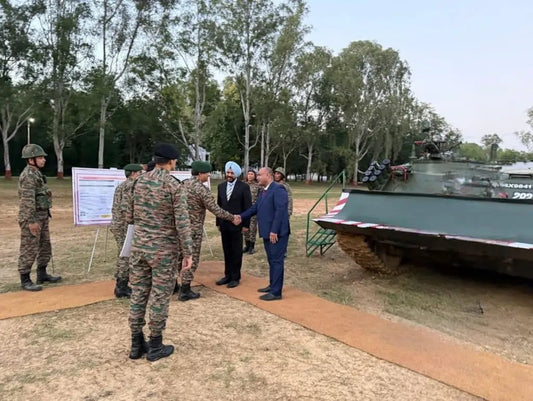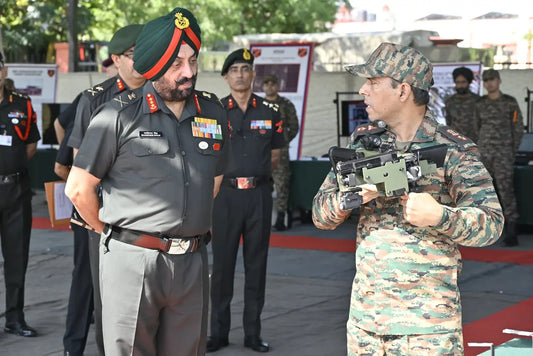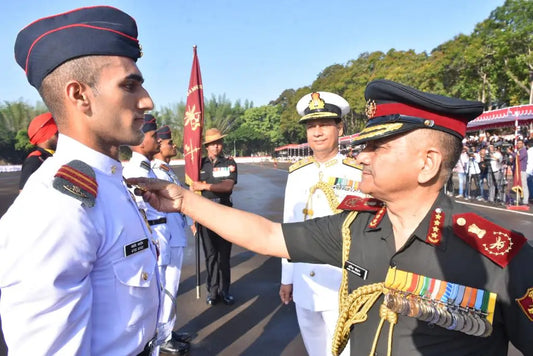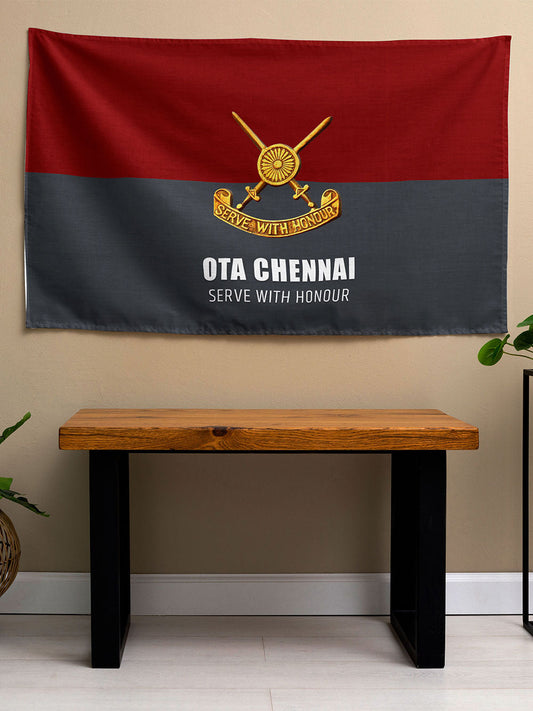French Safran and India's DRDO Partner on Developing Indigenous Jet Engine
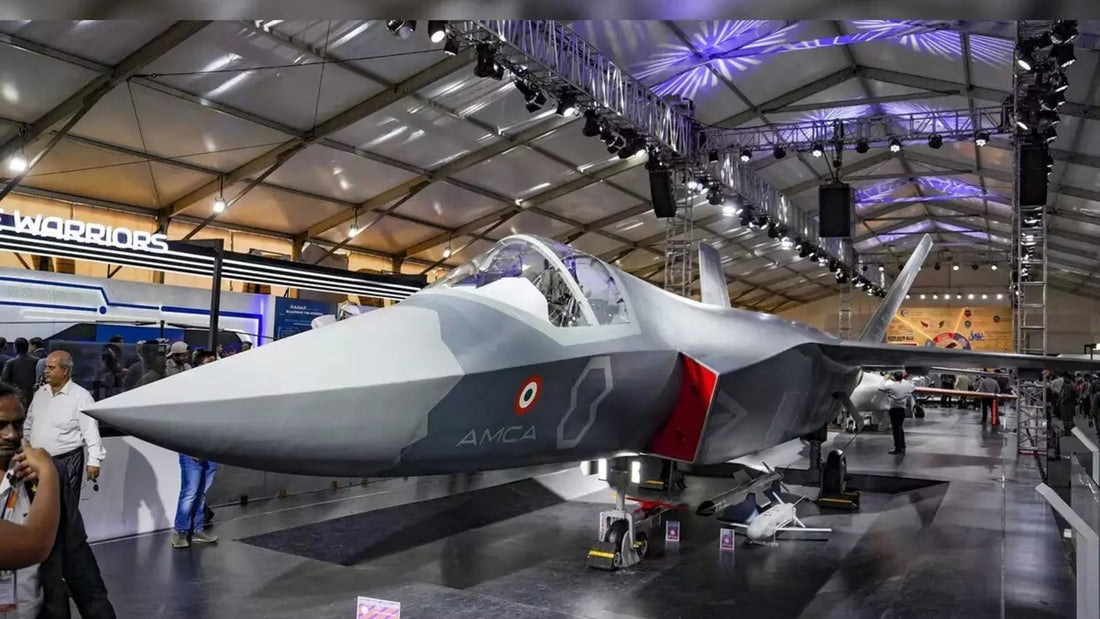
In a significant advancement for India's defense sector, French aerospace company Safran S.A. and the Defence Research and Development Organisation's (DRDO) Gas Turbine Research Establishment (GTRE) are poised to jointly develop a 120 Kilo Newton (KN) jet engine for India's forthcoming fighter aircraft. This collaborative project, which has been in discussions for two years, is anticipated to soon receive the green light from the government.
The engine will be manufactured in India under Indian intellectual property rights, with Safran committing to a complete transfer of technology, including the crucial single-crystal blade technology. These blades, crafted from advanced super-alloys, are designed to withstand extreme temperatures and stress, enhancing engine efficiency and longevity.
Officials have indicated that Safran-GTRE will develop nine prototypes over 12 years. Initially, the engine will deliver a power output of 120 KN, with plans to increase it to 140 KN during the development phase. The engine is intended to primarily power the Advanced Medium Combat Aircraft (AMCA), a twin-engine stealth fighter being developed domestically with contributions from private firms like Tata, L&T, and Adani Defence. Additionally, the Indian Navy’s Twin Engine Deck Based Fighter (TEDBF) will also utilize this engine.
Defence Minister Rajnath Singh recently affirmed that India is undertaking the vital task of developing its own fighter jet engines, a move endorsed by Prime Minister Narendra Modi. During his Independence Day speech, the Prime Minister highlighted the importance of self-reliance in critical defense technologies, including jet engines, due to their strategic value and potential civilian applications.
Presently, India depends on the US firm GE for F-404 and F-414 engines, although the latter involves only a 70% technology transfer. In contrast, France's promise of full technology transfer makes the Safran-GTRE partnership a transformative endeavor. France has been a steadfast defense ally, continuing support for India even after the 1998 Pokhran nuclear tests, unlike several other Western countries.
The strategic ramifications of this project are considerable. With the indigenous 120–140 KN engine, India will join an exclusive group of nations—the US, Russia, the UK, and France—that have the capability to design and produce fighter jet engines. Notably, even China remains reliant on Russian engines or their reverse-engineered counterparts for its primary fighters.
This initiative coincides with the Indian Air Force's preparations for the AMCA and potential new fighter procurements, with Dassault Rafale also among the candidates for additional orders. Experts suggest that the new engine program will ensure that India is not reliant on foreign vendors for propulsion technology, thereby bolstering its long-term air power and strategic independence.
